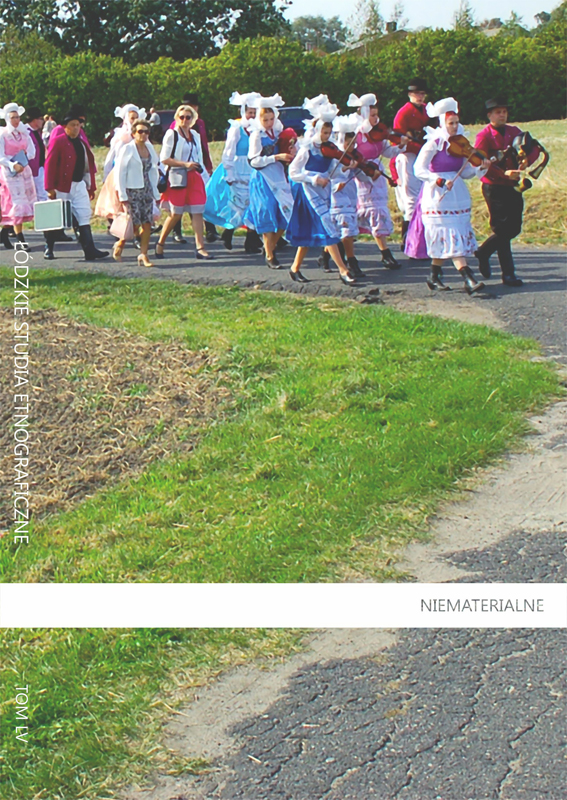Intangible Cultural Heritage in Post-migration Areas (on the example of Pomerania)
DOI:
https://doi.org/10.12775/LSE.2016.55.04Keywords
intangible cultural heritage, post-migration areas, PomeraniaAbstract
The continuity of settlement in Pomerania (with the exception of Kashubia and Kociewie) was interrupted after 1945. New settlers brought with them some of the tangible and most of the intangible heritage material. They combined them with an existing heritage material, which was nationally and culturally foreign to them.
Research conducted by the author and her team from 2013 shows that the intangible heritage in post-migration areas is insular and mosaic in its character, which is the net result of customs imported by settlers from various parts of the country, as well as the patterns provided by means of mass communication. Its specificity and intensity depend on the following factors: the regional and national origin of the settlers and their number in a given locality; the activities of institutions which support or invent heritage and tradition; the activity of local communities, especially local leaders; the current cultural and political trends. The Kashubians and Ukrainians are distinctive as groups in post-migration areas . Living in larger agglomerations, they retain the language, religion and the related annual rituals, sayings and jokes.
The activities of various associations, community centres, schools and museums contribute to the “Kashubian autochtonization” of the settlers. Also members of the Kurpiowie group living in the village of Klęcino in the municipality of Główczyce (Słupsk district) cultivate the culture of the region of their origin. Where none of the groups is dominant, we are dealing with the phenomenon of inventing traditions or reaching to the cultural heritage of the region’s ancient inhabitants, for example the Mennonites in Żuławy.
Downloads
Published
How to Cite
Issue
Section
License
- The authors give the publisher (Polish Ethnological Society) non-exclusive license to use the work in the following fields:
- recording of a Work / subject of a related copyright;
- reproduction (multiplication) Work / subject of a related copyright in print and digital technique (ebook, audiobook);
- marketing of units of reproduced Work / subject of a related copyright;
- introduction of Work / object of related copyright to computer memory;
- dissemination of the work in an electronic version in the formula of open access under the Creative Commons license (CC BY - ND 4.0).
- The authors give the publisher the license free of charge.
- The use of the work by publisher in the above mentioned aspects is not limited in time, quantitatively nor territorially.
Stats
Number of views and downloads: 424
Number of citations: 0



